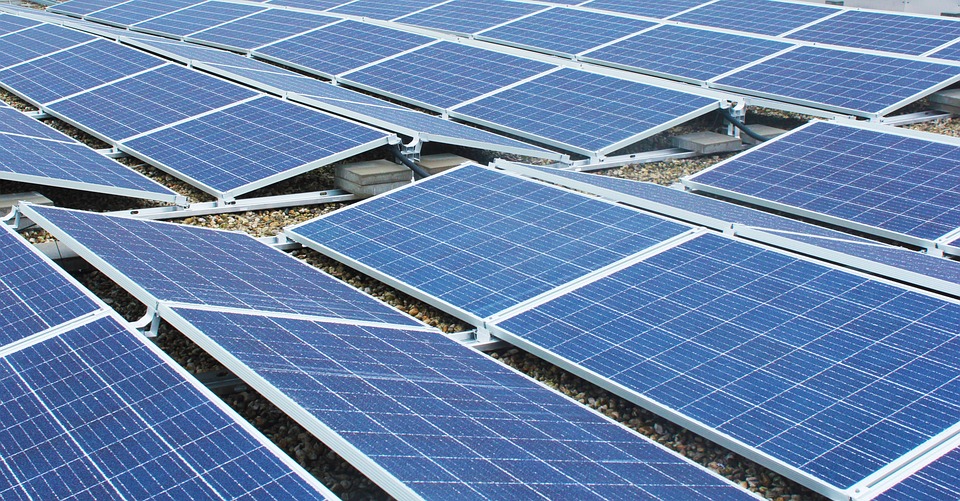Which of the Following Is Not Considered a Climatic Control? Understanding Factors That Influence Climate
Climatic controls are natural factors that significantly influence the climate of a region, determining aspects such as temperature, precipitation, and wind patterns. Understanding these controls is crucial for comprehending the broader dynamics of weather and climate systems.
1. Overview of Major Climatic Controls
The key climatic controls include:
– Latitude: The distance from the equator affects solar radiation received, influencing temperature and seasonal variations.
– Altitude: Higher elevations generally experience cooler temperatures due to decreased atmospheric pressure and density.
– Proximity to Water Bodies: Large bodies of water moderate temperatures, leading to milder climates in coastal areas compared to inland regions.
– Ocean Currents: These currents can warm or cool adjacent land areas, significantly affecting local climates.
– Topography: The physical landscape, including mountains and valleys, influences climate through mechanisms like rain shadows.
– Wind and Pressure Systems: Global and regional wind patterns help distribute heat and moisture, impacting precipitation and temperature.
2. Example of a Factor Not Considered a Climatic Control
Human Activity is often cited as a factor that influences climate but is not classified as a primary climatic control. While human actions—such as greenhouse gas emissions and urbanization—have profound effects on climate change, they are viewed as external influences rather than natural climatic controls. Unlike natural factors that have consistent and long-term impacts on climate, human activities can vary widely in their effects and are often reactive to existing climatic conditions rather than foundational causes.
3. Why Certain Factors Are Considered Climatic Controls
Factors are classified as climatic controls based on their natural origins and consistent influence over extended periods. These controls shape regional and global climate patterns through predictable mechanisms. For instance, latitude determines insolation levels, while ocean currents consistently modify temperatures along coastlines.
4. Other Examples Often Mistaken as Climatic Controls
Several factors are frequently confused with climatic controls:
– Vegetation: While it can influence local climates (e.g., through transpiration), vegetation is itself affected by climate conditions.
– Pollution Levels: Pollution can alter local air quality and temperature but does not serve as a primary climatic control.
– Seasonal Variations: Seasons result from Earth’s axial tilt and orbit rather than being independent climatic controls.
FAQs
– What are the primary climatic controls?
The primary climatic controls include latitude, altitude, proximity to water bodies, ocean currents, topography, and wind patterns.
– How does latitude affect climate?
Latitude influences the angle of sunlight received; areas closer to the equator receive more direct sunlight year-round, resulting in warmer temperatures compared to polar regions.
– Is human activity a climatic control?
No, human activity is not considered a climatic control; it is an external factor that impacts climate but does not operate as a natural control mechanism.
– Why are vegetation and pollution not considered climatic controls?
Vegetation affects local climates but is influenced by them; pollution alters environmental conditions without being a fundamental cause of climate patterns.
– How do ocean currents influence coastal climates?
Ocean currents regulate coastal temperatures by warming or cooling air masses above them, leading to milder climates compared to inland areas.
– What role does topography play in shaping climate?
Topography creates variations in climate through phenomena like rain shadows, where mountains block moisture-laden winds, leading to dry conditions on one side.
– Can climatic controls change over time?
Yes, while many controls are stable over long periods, changes in Earth’s orbit or significant geological events can alter their effects on climate.
– How do wind and pressure systems act as climatic controls?
Wind patterns distribute heat and moisture across regions, influencing precipitation patterns and temperature distributions globally.
Conclusion
In summary, understanding the key climatic controls—latitude, altitude, proximity to water bodies, ocean currents, topography, and wind systems—is essential for grasping how climates develop and change over time. While human activity significantly impacts climate dynamics today, it is not classified as a primary climatic control due to its reactive nature compared to the stable influences of natural factors. Distinguishing between these elements is crucial for effective climate science discourse.

Kyle Whyte is a notable scholar and professor at the University of Michigan, holding positions such as the George Willis Pack Professor in the School for Environment and Sustainability and Professor of Philosophy. Specializing in environmental justice, his work critically examines climate policy and Indigenous peoples’ ethics, emphasizing the nexus between cooperative scientific endeavors and Indigenous justice. As an enrolled Citizen Potawatomi Nation member, he brings a vital perspective to his roles as a U.S. Science Envoy and member of the White House Environmental Justice Advisory Council. His influential research is supported by various prestigious organizations including the National Science Foundation, and disseminated through publications in high-impact journals. Kyle actively contributes to global Indigenous research methodologies and education, with affiliations to numerous institutes and societies dedicated to traditional knowledge and sustainability. Recognized for his academic and community engagement, Kyle has earned multiple awards and served in various visiting professorships. His efforts extend to leadership positions on boards and committees focused on environmental justice nationwide.
